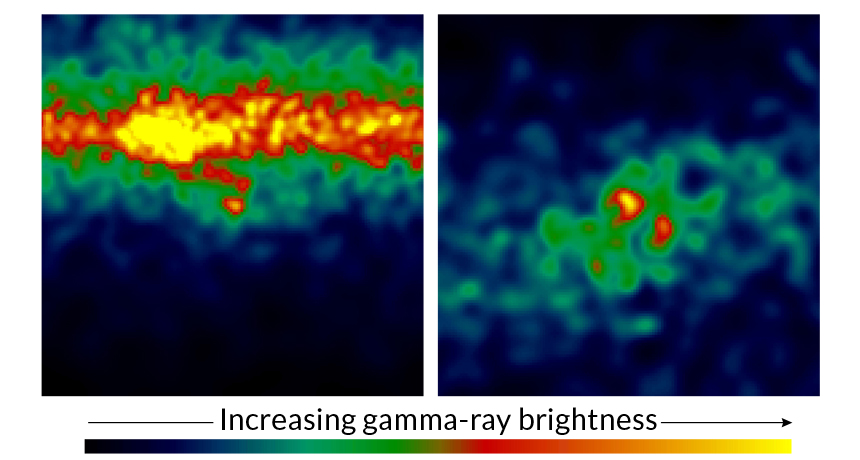
STRANGE FLASHES The Fermi satellite has discovered four instances of gamma rays coming from novas (two shown, brightness measured in number of photons with energies above 100 megaelectron volts). How these stellar explosions produce gamma rays is a mystery.
NASA, DOE, Fermi LAT Collaboration







